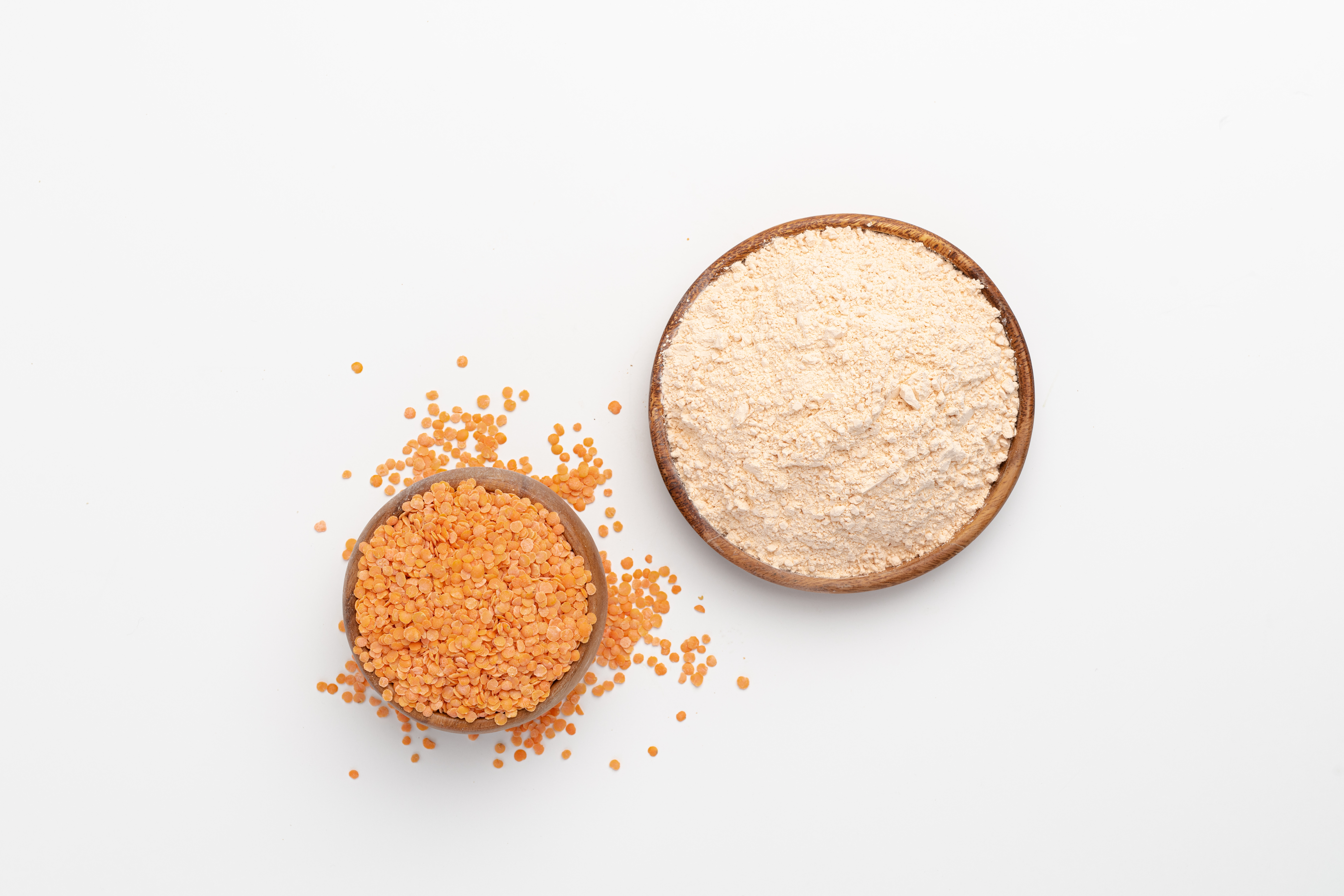By G. Chandrashekhar
November 2021
The Indian pulse market is at a crossroads. It is becoming increasingly clear that production has become trapped in the 22 million (M) to 24 M tonne range since 2016/17. Planted area has reached a record 75 M acres, but for all intents and purposes, the cultivated area for pulses is nearing a saturation point in the country. It is unrealistic to expect the area available for planting to expand indefinitely.
Pulse crops will have to compete for acreage with more remunerative crops like grains and oilseeds. Worse, although rising rather slowly, overall yields per acre continue to remain rather low, with average of around 660 pounds per acre (lb/ac). There are yield variations between different pulse crops. So, the supply side faces challenges of low yields, land constraints, and weather aberrations caused by inexorable climate change.
Despite burgeoning population and current low per capita availability, demand concerns continue to haunt the pulse market participants. Admittedly, in 2020 and large part of 2021, there was demand destruction caused by the pandemic-induced national lockdown, slowing economic activity across the board, and restrictions on travel and out-of-home food consumption.
While the country is just about beginning to recover from the aftereffects of COVID-19, the economic devastation the pandemic has inflicted especially on a majority of the population – the middleclass and the poor – will take time to recover to pre-COVID level.
It is in this background that one must look at the Indian pulse market and the emerging scenario for the legume.
Concerned over tightening supplies and rising prices, the Indian government suspended the four-year old quota system for certain pulses (pigeon pea, black matpe, and mung) in May this year and has allowed free import of said pulses until December 2021. Lentil import has been liberalized with a reduction in customs duty to 11%, but USA- origin lentils will attract a 22% duty.
In six months between April and September of 2021, India imported an estimated 330,000 tonnes of lentils, more than 50% lower than the corresponding period last year because of high global market rates and consequent high landed cost in India. Aggregate Indian imports of lentils during 2021/22 are most likely to fall well short of the 1.1 M tonnes of the previous year.
Pigeon pea, black matpe, and mung imports are continuing. Major suppliers include Myanmar, East Africa, and others. Between April and September 2021, such imports aggregated about 600,000 tonnes.
This policy liberalization has put India back in the global marketplace, albeit to a limited extent, yet there are uncertainties if this liberal trade policy would continue.
In terms of the kharif season harvest, tur and arhar (pigeon pea), urad (black matpe), and mung are the three main pulse crops cultivated in the kharif season (planting in June and a September harvest).
Some minor pulses such as cowpea and horse-gram (Macrotyloma uniflorum) are also grown in this season. For the ongoing harvest of 2021/22 kharif season pulses, the government has estimated aggregate production at 9.4 M tonnes comprising 4.4 M tonnes of pigeon pea and 2.0 M tonnes each of black matpe and mung. The rest are minor pulses.
The Indian government numbers are overestimated. This writer is on record that the government estimate is overstated by about 10%. The harvest size could be closer to 8.5 M tonnes. Less-than-satisfactory temporal and spatial distribution of monsoon during June to September months and pest incidence in some regions affected yield and quality. Importantly, the Indian government tends to revise the production estimate from time to time, so the first estimate of 9.4 M tonnes for 2021/22 is subject to revision in the months ahead.
In terms of a rabi season outlook, large-scale planting of rabi season (planting in October/November and March/April harvest) pulse crops (mainly chickpea and lentil) is set to begin soon. In some areas, lentil seeding has begun on a small scale. The total seeded area of this season is usually 38 to 40 M acres.
Chickpea is the largest pulse crop, but this planting season the crop is stymied by two challenges. First, market prices are hovering around the minimum support price (MSP) of 52,300 Rs (rupees) per tonne or about $700 USD per tonne, and in some cases slightly lower; and second, futures or derivatives trading in chickpea has been suspended by the regulator.
These two developments are seen as negative for growers. The price action is also a fallout of the government discontinuing chickpea supplies to vulnerable sections of consumers as part of a welfare program. As a result, chickpea area may not expand beyond last year’s 11 M hectares, but a decline is possible. This year, oilseeds such as rapeseed or mustard are more remunerative for growers.
The Indian lentil market is driven largely by imported material. Because imports are expensive, domestic rates too have risen sharply above the MSP of 55,000 Rs per tonne or about $750 USD per tonne. Current market rates are above $900 USD per tonne. This is sure to encourage growers to plant more lentils in the upcoming season.
As economic activity continues to gradually revive, in the months ahead, food demand in general and pulses demand in particular is sure to improve. Tightening supplies amid stagnating domestic production will keep pulses rates firm and add to food inflation.
Weakening rupee is sure to make imports so much more expensive. Weather risks have become a part of rabi cultivation. We have seen unseasonal rains and hailstorms during March to April in four of the last six years.
All these are sure to keep the policymakers and the trading community on their toes. If chickpea harvest in March to April falls short of expectation, the government may be forced to review the rate of customs duty.
G. Chandrashekhar is a Mumbai-based policy commentator and global agribusiness specialist. He can be reached at gchandrashekhar@gmail.com.


